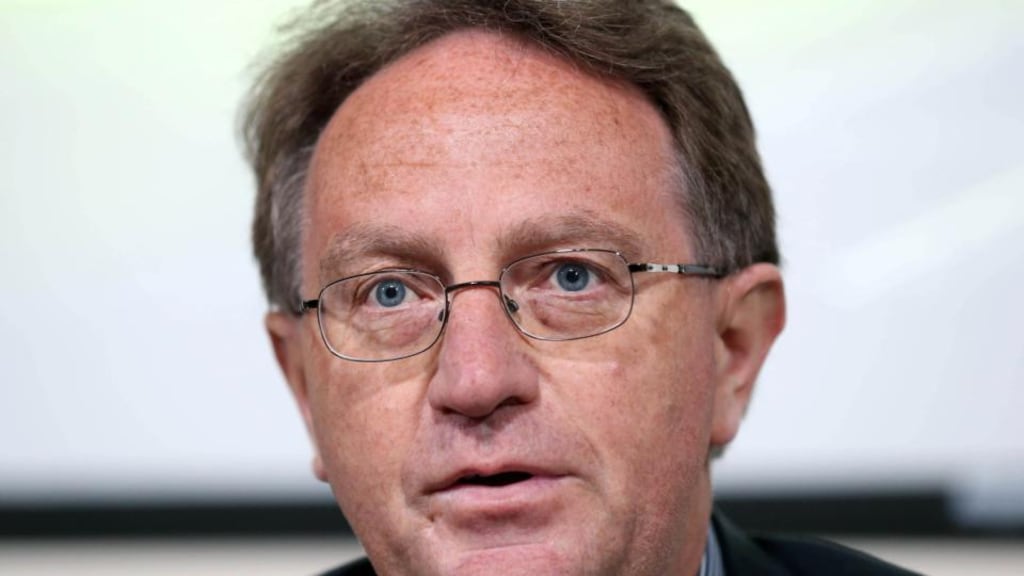The old argument that running laps of the field and sprinting up steep hills will never be bettered by slick modern training methods may already be on shaky ground. Now, the GAA has research that may kill off the argument for good.
Saturday’s National Games Development Conference at Croke Park – another virtual sell-out with over 600 coaches, mentors and officials set to attend – will feature a researchers forum tomorrow evening, the majority of presentations coming from recently-retired players or young mentors.
One of the 15 project presentations highlighted by the GAA's director of games development and research, Pat Daly, comes from DCU, Roscommon footballer Cathal Cregg presenting "Comparing the Effects of High Intensity Interval Training and High Volume Training on Maximal Aerobic Capacity, Speed and Power in Club Level Gaelic Football Players".
Compares
In other words, Cregg effectively compares shorter, sharper training methods with older, more volume-based methods, and suggests which of them are better for match fitness.
“More often than not, the shorter, sharper training methods result in better match fitness,” says Daly. “I still think there is a cultural thing within the GAA, that unless players are falling over with exhaustion, or unless they’re getting sick at the end of certain sessions, then they’re not training hard enough.
“In fact the opposite would appear to be true, and that by trainer smarter, with less volume, is just as effective, if not more so.”
Similar findings are offered by Criona Tobin, daughter of former Galway footballer and Roscommon manager John Tobin, in her "Muscle and Performance Adaptations in Response to High Intensity Interval and Endurance Training in Gaelic Football Players"submission.
“What we have asked all 15 researchers to do is present their findings in no more than five minutes, and with a maximum of five slides,” Daly explains.
“We want to know what they did, how they did it, and why it might be beneficial to Gaelic games.
"Because there is a lot of research going on out there that we ourselves wouldn't necessarily be aware of, and this is a great opportunity for that research to get an airing, and I suppose be challenged, too, if that is the case."
Youth sport drop out
Another key issue for Daly, is addressed in two presentations: Darragh Sheridan's "Youth Sport Drop Out – A GAA Perspective" and Con Burns' "Correlates of GAA Participation Among Irish Adolescents".
These are particularly timely, given the publication last month of the ERSI report, “Keeping Them in the Game: Taking Up and Dropping Out of Sport and Exercise in Ireland”, which claimed the issue of dropout is “particularly acute” for the GAA, and that among participants aged 16 and over, 53 per cent of hurlers and 52 per cent of footballers will have dropped out of the sport within three to four years.
“We’re certainly aware that there is a high drop out rate in any sport, around the age 18 mark, but we’d be more interesting in knowing why this is happening, and that’s what some of this research presents,” says Daly .
Finally, Daly also pointed to research that will be presented by Kevin McGuigan on “The use of GPS in Player Monitoring” – and whether players need to have this global positioning system as part of their match-day apparel.
“I certainly think there is a danger of information overload,” says Daly.
“And I suppose the question has to be asked as well are there some things we really dohn’t need to know?”
The main theme of this year’s National Conference, spsonsored by Liberty Insurance, is “Inspiring Children: Fostering a Love of Gaelic Games”, segments of which will be broadcast on www.gaa.ie












